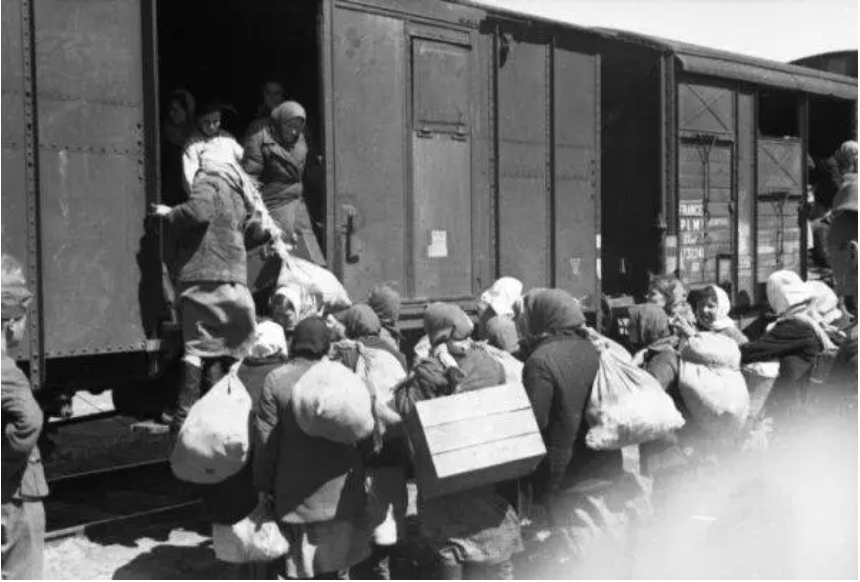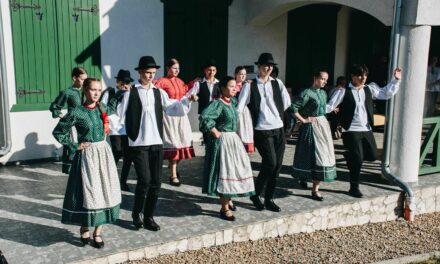The first train carrying displaced Hungarians left on April 12, 1947, and the last on June 5, 1949.
Since 2012, we have been keeping a record of the commemoration of the Hungarian population's displacement from the Highlands. The Parliament also expressed its appreciation to all those who were deported to forced labor in the Czech Republic during the given period and who tried to preserve their Hungarianness even in this situation full of suffering.
On the ruins of the Austro-Hungarian Monarchy, around one million Hungarians were trapped as a minority within the borders of Czechoslovakia, established in 1918 after the defeat in the First World War. In the Munich Agreement of 1938, the Czechoslovak state was dismembered by Fascist Italy and Nazi Germany - with the assistance of the Western powers. The Sudetenland, inhabited mostly by Germans, was transferred to Germany, the southern part of the Highlands, inhabited by Hungarians, was returned to Hungary by the first Vienna decision of November 2, 1938. Slovakia declared its independence on March 14, 1939, the next day the Hungarian army entered Transcarpathia, and Bohemia and Moravia were brought under direct German rule.
In Czechoslovakia, which was reestablished after the Second World War, the Kassa government program of April 5, 1945 held Hungarians and Germans collectively responsible for the "disintegration" of the country. Of the 141 decrees enacted by the head of state, Edvard Benes, between May and October and passed into law in 1946, 33 directly or indirectly limited the fundamental rights of these two nationalities, while Decree No. 33, enacted on August 2, 1945, also deprived them of their citizenship.Decree No. 88 made public labor service possible throughout the country. Following this decree, in the winter of 1945-46, around 40,000 Hungarians from the highlands were deported in unheated cattle cars to the Sudeten region in the Czech Republic, where they were often treated as slaves (several thousand escaped to Hungary from forced deportation). . The decrees made it possible to confiscate the Hungarians' lands, dismiss them from their jobs, ban their use of the official language and their cultural associations.
The fact that at the Potsdam Conference in June 1945 the great powers did not allow the unilateral resettlement of the Hungarians, but only the population exchange, played a major role in the issuance of the decrees. The Czechoslovak government, which was striving to create a pure Slavic state, therefore had to find other methods to eliminate the Hungarian minority. 36,000 persons with Hungarian citizenship before 1938 were expelled, Hungarians from Bratislava, Kassa and Komárom were interned, and their apartments were confiscated. Re-slovakization began, which gave the Slovaks, who had been exiled for centuries, the opportunity to return to their motherland, i.e., in practice, the Hungarians in the highlands could escape from confiscation of property and displacement, and gain citizenship rights. During the campaign, 423,000 intimidated and threatened Hungarians submitted their applications, and the authorities declared 327,000 of them Slovaks.
The full article from Vasarnap/MTI can be read here.
Image: Erdelyikronika.net













